Founded in 2008 by Mesha Kussman (choreographer and director), Aqualillies is an Artistic Swimming company with teams in Los Angeles, Las Vegas, New York City, Miami, Canada, Australia, and Europe. They brought Water Ballet back to life with originality and a unique Aqualillies touch. In this interview, Carla (performer) and Mary (executive director) tell us everything from combining art and sport in one discipline, their special performances for TV and the big screen, and the influence of Esther Williams on their mission to establish Artistic Swimming, also known as synchronised swimming, in today’s world.
Hi, it’s amazing to talk to you. Can you introduce yourselves to our readers?
Mary: Yes! I’m Mary, and I’m the executive director of Aqualillies. We are a synchronised swimming performance company. We do films, TV shows, music videos, and live event performances all over the world.
What inspired you to reinvent synchronised swimming and continue Esther Williams’ tradition in such a unique way?
Mary: I think many things lead to Aqualillies being what it is. First, Carla and I both have backgrounds as competitive synchronised swimmers. I competed in Southern California when I was young and then became a coach, so synchro is in my blood.
From my perspective, I was always looking for something to do after the competition that was a little bit more fun, so I was just excited about the possibility of being a part of performances, especially for TV and film. My business partner Mesha comes from a different background. She was an experimental theatre major at NYU, so her background is dance. She’s a film director and a great swimmer, but she doesn’t have a Synchronised Swimming background. One of the reasons Aqualillies is so unique is that she sees things from a different perspective.
In terms of Esther Williams, she’s always been an inspiration for us. She was the inspiration for the idea of the company. The sense that there were these empty pools in LA that needed to be filled with something special. I think there’s always been a desire for those kinds of performances. People never forgot those really big musicals of the ’40s and how magical they were, so I think we’re excited to bring that back. We’re continuing the tradition but also modernising it.
You performed for Esther Williams and Betty Garret back in 2010. How was this experience?
Mary: That was an incredibly special performance because obviously, we had all heard of Esther Williams, but I had never personally met her. We were in the pool practising, we wanted to make sure the show was perfect for [the night]. The show was at maybe 7 p.m, and it was like 3:30 p.m; we were there early, and to our surprise, Esther Williams came in and sat right by the pool during our rehearsal and watched the whole thing! It was a bit stressful; we didn’t want her to see it before it was perfect. She sat there, and her husband yelled at us, he said: “she doesn’t wanna miss a thing! she wants to watch it!”. To have her being so genuinely interested in the process was incredible. And it was one of my first shows with Aqualillies. I’m mostly in the office now or choreographing; I don’t perform that much anymore, but this was one of my first performances, and, talk about pressure, you want that to be perfect.
About synchronised swimming as the ‘perfect mixture of art and sport’, how much do you consider each of them?
Mary: What do you think, Carla? I think that they come together. When you’re a competitive synchronised swimmer, you’re trying to be as fast as possible. You’re trying to show how synchronised you can be or doing only the hardest things because you’re trying to show how technical your skill is. But for us, we can do the things that the crowd loves, so, if that means that we’re doing a really hard hybrid, it might be hard, but also, sometimes crowds want to see this kaleidoscope of people making a shape, they want to see it float.
Carla: Also, the classics, the fandivings, that’s always a fan favourite. And for us, a dive is really easy and one of the first things you learn, even just as a swimmer. You know, when there’s all these girls standing at the side of the pool, all in a row and fandiving? That’s always a favourite. I always want to do that because it’s just really easy for us, and you can do it hundreds of times, and people will always love it.
Mary: I think the key for us is keeping the fans' favourites in there. We want to do what people love, but then we also like to do things that are creatively inspiring for us as athletes. So, there’s that fandive and that cool lift that we want to try. I think it becomes a hybrid that’s a little bit different from Esther Williams' history.
How do you choreograph your performances?
Mary: It depends on the project. Our live event performances are very thought out. We think about the theme, the music, what we want the show to feel like, is it high energy, or will it be all women or a mixed team? Those things are very thought out, and there are a lot of rehearsals to refine our ideas. With synchro, you need everybody in the water to see what’s perfect, and you have to workshop it a little bit, so, for something like that, we take a lot of time, and it’s a very collaborative process between all of our choreographers. For performances, like music videos, sometimes we don’t even have a rehearsal. We would like to do that, but a director hires us, and it’s limited, and it’s a union job, so we can’t. In those cases, we have to jump in and pull out something that works. We’ll quickly put together a hybrid or pull out a fan favourite that we know people love. For some projects, we have six months to refine the concept, and for some projects, we have fifteen minutes before they’re going to do their first shot.
When performing music videos, are you given an idea from the music composer, or are you free to interpret the music and create the choreography?
Mary: Usually, someone for an on-camera project like that is coming to you with a basic idea, so they’re at least saying, “look, we wanna film it this way”, and if that means it’s from above with a circle underneath, we at least know that we’re working with that angle. That means we tailor our choreography to work for that purpose. It’s pretty weird that someone comes and says, “do whatever you want”, but it does happen sometimes, and that’s the dream. Usually, we’re taking a base outline and filling it with a lot of different ideas and trying to do something fun and new and different and inspiring for us as well every time.
Let’s talk about your performance in the Coen brother’s ‘Hail, Caesar!’.
Mary: ‘Hail, Caesar!’ was a very unique situation in which we had lots of time to prepare and lots of rehearsals. The Coen brothers are exceptional directors to work with, and the way that translated into our experience is that they knew exactly what they wanted. Like, they knew that they wanted a perfect circle, but they also let us do what we thought was best, and that was the coolest part of working with them. They were great at communicating what they wanted you to do but also knew exactly when to step back and say, “Hey, you’re the expert. You do your thing”. Process-wise, my partner Mesha and I would talk to the directors; they were very specific about wanting it to be an Esther Williams type of reference. ‘Hail, Caesar!’ was filmed at stage 30 at Sony Studios, where Esther Williams shot a lot of her films and doing something that was a direct homage to what she did was important.
Do you find performing in front of the cameras different from live performances?
Carla: I think that they’re, in a way, really similar. For a live event such as a private party, there is that moment when you’re about to go out, and then the audience is right there. They see all the girls coming out, holding a parasol, in our swimsuits, in our caps. In that big moment, everyone’s clapping, and that’s something that you don’t get being on camera. It’s more like “okay, the camera’s on”, and you have to make sure that you’re in your position, and then you start with the choreography. Sometimes with on-camera projects, you’re doing several takes, and you’ve got to make sure that you’re doing it right every single time. You’re just doing it once for live shows, so you have to make sure that the next ten-fifteen minutes you remember everything, make sure that you’re on your queue and everything. The joy you feel when you perform is similar to the feeling you get when you see the final project.
Mary: And there’s no messing up in a live show; that’s the funny thing. If you mess up, you have to pretend like it was supposed to happen. So, whatever happens, you have to fix it and keep moving.
You’ve done many other special performances. Can you tell us a bit about them?
Mary: On camera, we do a lot of TV shows, music videos and films. One of the two most exciting things we’ve done recently was ‘The Marvelous Mrs Maisel!’, which was shot in Miami. It was a super fun process. The whole scene was done in one shot. Our girls had to be perfect, and the camera had to be perfect, so it was a really neat challenge and had a cool result that we’re proud of. Recently, along with the Jamaican synchronised swimming team, were featured in Beyoncé’s ‘Black is King’. I was one of the choreographers assisting on the project. We worked with a team of 26 synchronised swimmers to bring her vision to life, which was a really special and honouring process for us to work with Beyoncé and be a part of that particular project.
How have you adapted to Covid-19?
Mary: Honestly? We have only been operating in very limited circumstances, where there are a lot of Covid-19 precautions. Carla and I are based in Los Angeles, and we have a lot of business here. LA has been in lockdown since the holidays, so, right now it’s been very slow. But if we are doing things, it’d be something like a job on set where you get your temperature checked, and you have to wear a mask. It also means that we can’t just get together the way we did before. We’re not doing photoshoots right now or rehearsals to develop new material because we’re limiting the time that we’re together as much as possible, as everyone is. I’m hoping that things slowly start to come back in the coming months, but we’re also ready to wait until it’s safe again.
What would you tell someone aspiring to pursue a career in swimming ballet or synchronised swimming?
Mary: I think that now more than ever, you can create your dream job, and that’s from someone who was a synchronised swimmer their whole life and never thought you could do it professionally unless you wanted to move to Las Vegas. I think I would be inspired to tell anyone who’s an artist and wants that to be the main part of their life to really look and find a way and a niche to make that happen. I don’t think it’s impossible.
Carla: Having self-confidence is something I struggled with. It wasn’t until I started swimming with Aqualillies, with other people who did the same thing, that I realised how much the team aspect helped. For anyone who is just starting in any artistic discipline, you need to have that self-confidence if it’s something that you want to do. It feels a little scary at first, but push through and know that you have your teammates and coaches there to support you.
In a word, how would you describe what you do?
Mary: Can I have two words? I would say, maybe glamorously compelling. You can be 9 to 99, and you’re still going to love it. I think there’s just something universally fascinating to see people in the water defying physics.
Carla: I was going to say the same thing, or maybe also just spectacular. They always feel it when there’s a bunch of people in the pool; it’s always amazing
Anything else to add?
Mary: One thing that’s been exciting for us in the past two years is starting to work with our Aquawillies male team! I am excited about the future of men in artistic swimming. Mixed duets are so exciting to me, and all of the choreography [and] creative aspects that you can do with that is just cool and fun.
Where can people find you online?
www.aqualillies.com
Instagram: @aqualillies
Facebook: Aqualillies
Twitter: @Aqualillies
Youtube: Aqualillies

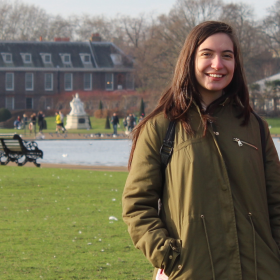
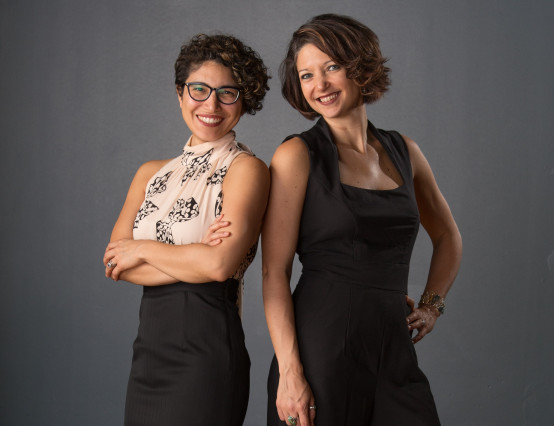
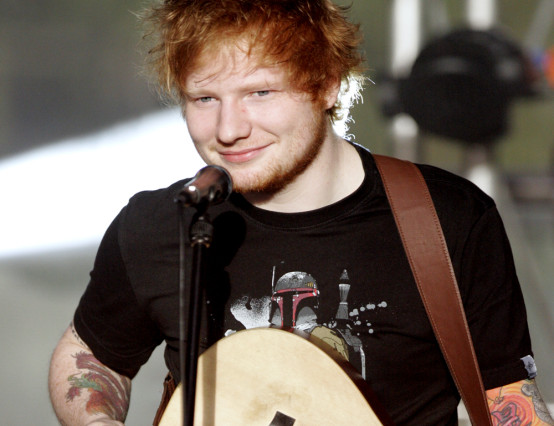
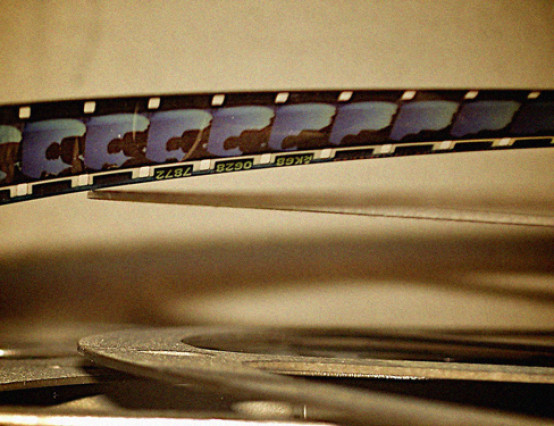

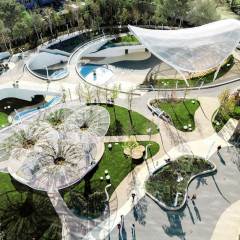
0 Comments